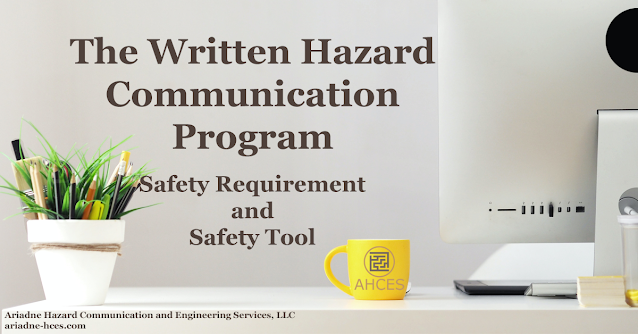Understanding DOT Class 6 Materials: Poisonous and Infectious Substance Materials

Definition of DOT Class 6: Poisonous and Infectious Substance Materials Class 6 covers poisonous and infectious substance materials. The formal definition for 6.1 poisonous materials can be found at 49 CFR 173.132 and the formal definition for 6.2 infectious substances can be found at 49 CFR 173.134 . Class 6 Divisions Class 6 materials are grouped into two divisions. Division 6.1 Division 6.1 materials are poisonous materials, which can be toxic to humans through the exposure routes of oral toxicity, dermal toxicity, and/or inhalation toxicity. Division 6.2 Division 6.2 materials are infectious substances, consisting of pathogens including bacteria, viruses, parasites, and fungi. Division 6.2 materials are further subdivided into Category A and Category B substances. Category A substances can cause long-term, permanent injury or life-threatening illness. Category B substances do not have a risk of causing long-term, permanent injury or life-threatening illness.



